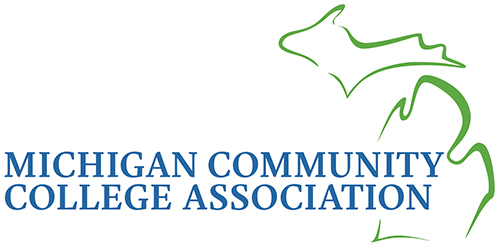- K-12 student enrollment is down about half a percent from the previous school year
- Some districts gain students including virtual schools and the state’s largest district, Detroit Public Schools Community District
- The declines follow years of student migration to private schools
Enrollment in Michigan’s K-12 public schools fell again in 2024-25, though it was the smallest drop in several years, according to a Bridge Michigan analysis of state enrollment data released Thursday.
Overall K-12 enrollment stood at 1,382,099 down 6,441 or 0.5% this past fall compared to 2023-24.
Enrollment in traditional public school districts, where the vast majority of students attend, was 1,204,887 last fall, a drop of 0.8% or about 10,100 fewer students than in 2023-24.
Charter schools, also considered public, gained just over 2,600 students to 154,488, an increase of 1.7%.
The COVID-19 pandemic scrambled education in the state, as parents upset by rules keeping schools closed — or, in some cases, open — seeking private schools or homeschooling.
In 2020-21, the number of public school students fell by over 45,000 — six times as big as the previous year’s drop — with many families choosing private education.
The state does not measure private-school enrollment and parents are not required to notify officials if they are homeschooling a student, making it difficult to get a complete picture of where all K-12 students are getting educated in the state.
Private school bump
Even so, anecdotal evidence suggests private school enrollment is up. The Lansing Catholic Diocese said Thursday its enrollment rose slightly this year to 8,475, the fourth consecutive year of gains after years of declines.
The Lansing diocese stretches from Flint to Lansing and includes Ann Arbor, whose public schools were shuttered for months during the pandemic.
The 16,810-student Ann Arbor district, the state’s fourth largest, had gained students in each of the four years preceding the pandemic — but has lost in each year since, including over 1,000 in 2020-21 and 2021-22 combined.
Enrollment losses were a contributing factor to why the district imposed $20.4 million in cuts for the 2024-2025 school year. Ann Arbor reported 109 fewer students last fall than the previous year.
There were some gains: the Detroit Public Schools Community District reported 48,117 students, an increase of 536 students, the biggest jump of any traditional district in the state.
Other big gainers were virtual schools, in which students can attend remotely via internet instruction. Highpoint Virtual Academy of Michigan and Michigan Great Lakes Virtual Academy added a combined 1,100 students in 2024-25, a 17% increase from the prior year.
Related:
- In Detroit, worried immigrants ask: ‘Who will take my kids if I’m deported?’
- Trump orders school choice, ‘patriotic’ history. What it means for Michigan
- Whitmer pitches education ‘transparency’ plan as Michigan test scores lag
Pre-K enrollment is also up. The total hit 53,882 last fall, up from 48,993 in 2023-24.
Michigan has worked to expand the number of publicly-funded spots in preschool programs across the state.
Bob Wheaton, spokesperson for the Michigan Department of Education, acknowledged the enrollment drops and said districts are adding other types of programming, like pre-kindergarten, to attract students.
There’s also been an increase in students attending “early middle college” programs in which students take college classes while in high school.
There were nearly 15,900 students enrolled in those programs in the fall, up from 14,854 in 2023.
Declining birth rates are a factor
The overall trend in Michigan is downward, pushed primarily by a steady drop in births.
In 2006, the year most of the Class of 2024 would have been born, there were 127,537 births in Michigan.
As that class moves on to work and college, the incoming kindergarten students would most likely have been born in 2019. That year, there were 107,872 births, 15% fewer.
There were racial demographic differences: the number of white students at public schools was down by 10,600 but the number of Hispanic, Black and Asian students rose by 6,047.
Overall, Bridge found that 491 traditional and charter districts had one-year drops in enrollment while 371 had enrollment increases.
School districts submit student counts twice a year to the state and those counts influence a large bulk of a district’s given funding.
During the 2024-2025 school year, school districts generally receive $9,608 per student while fully virtual charter schools receive $9,150 per student. So a district that has 10 fewer students would get nearly $100,000 less from the state.
The Dearborn Public Schools reported about 350 students — a loss that could result in over $3 million less in state funding. In total, the district reported 19,168 students last fall.
District spokesperson David Mustonen the district has reduced its staff through attrition but has not done any layoffs. Mustonen said the district has increased by 380 students since the October count day, increases that could forestall funding losses.




